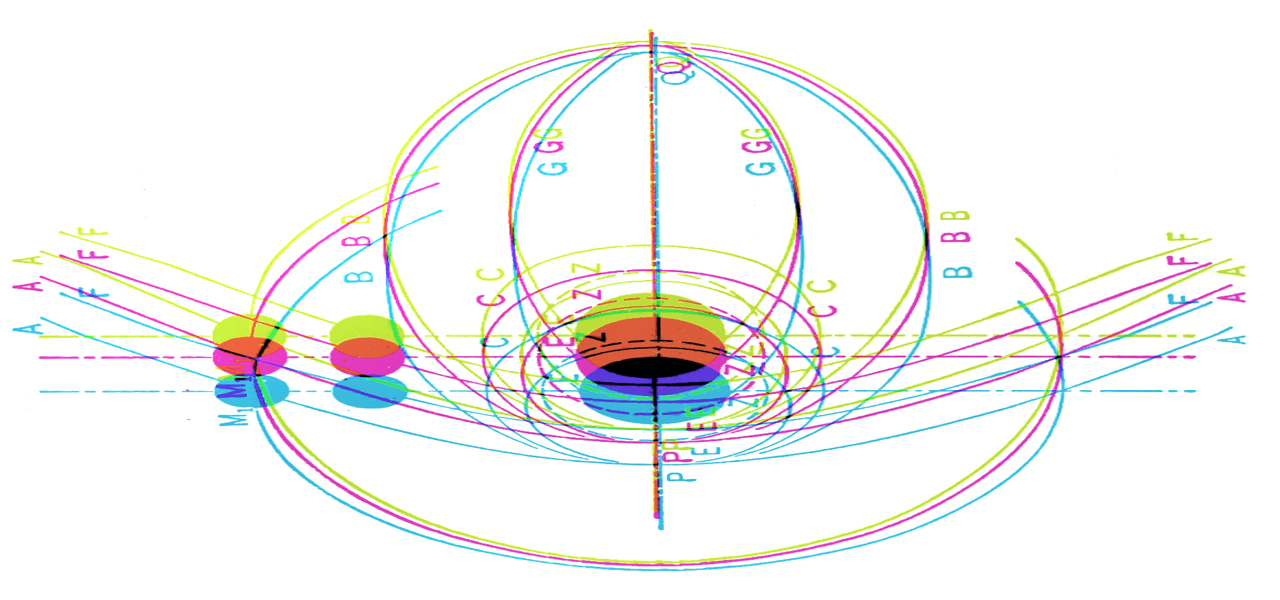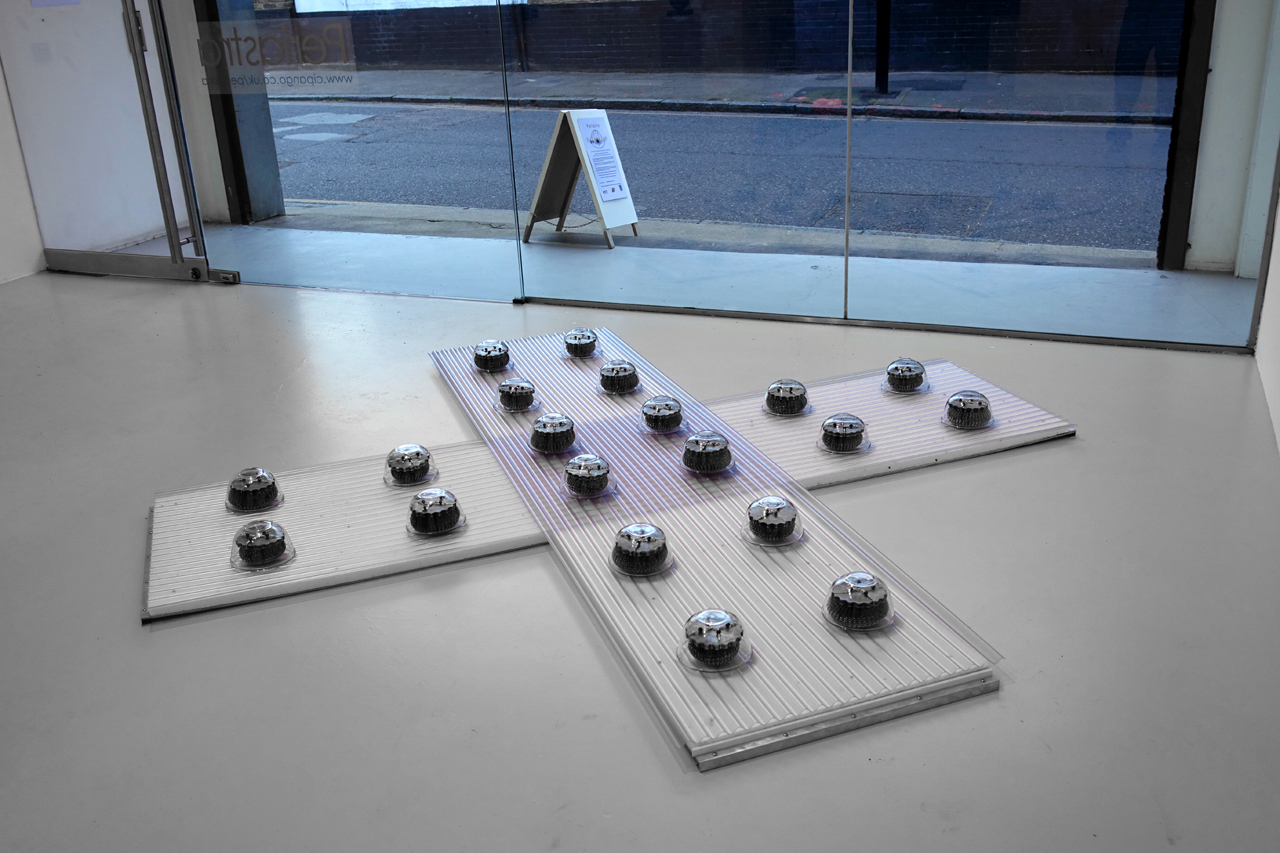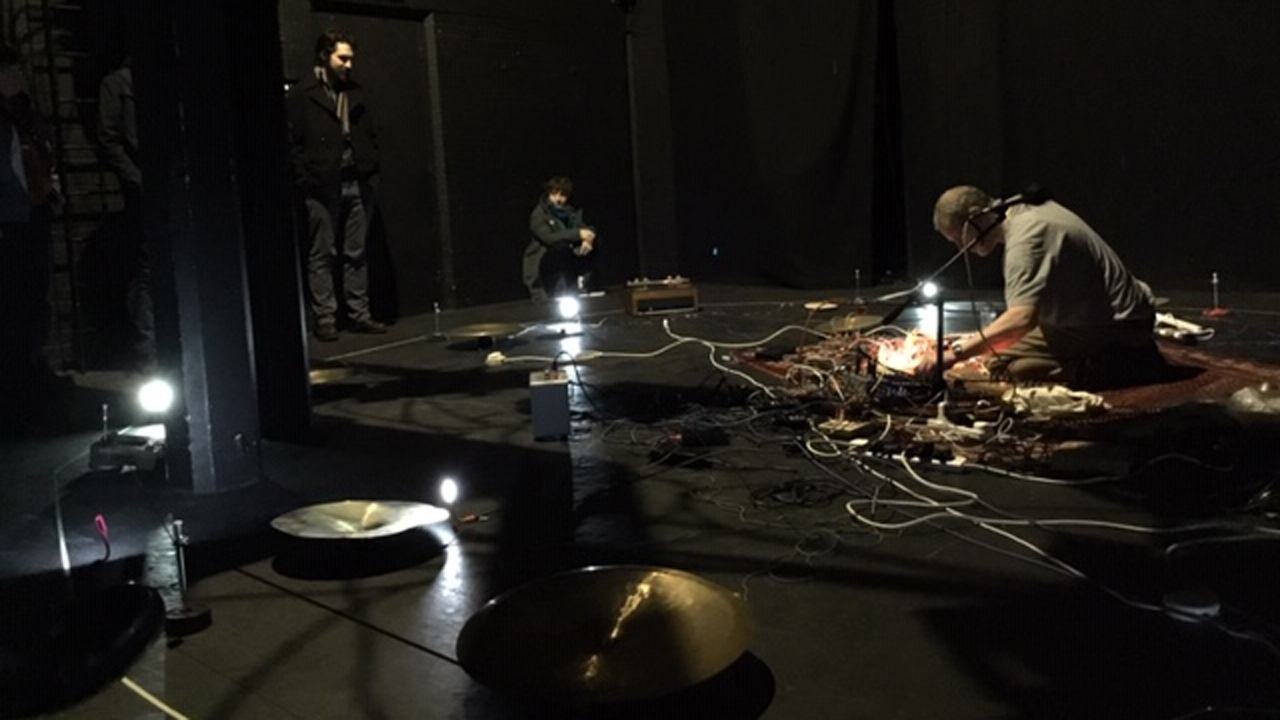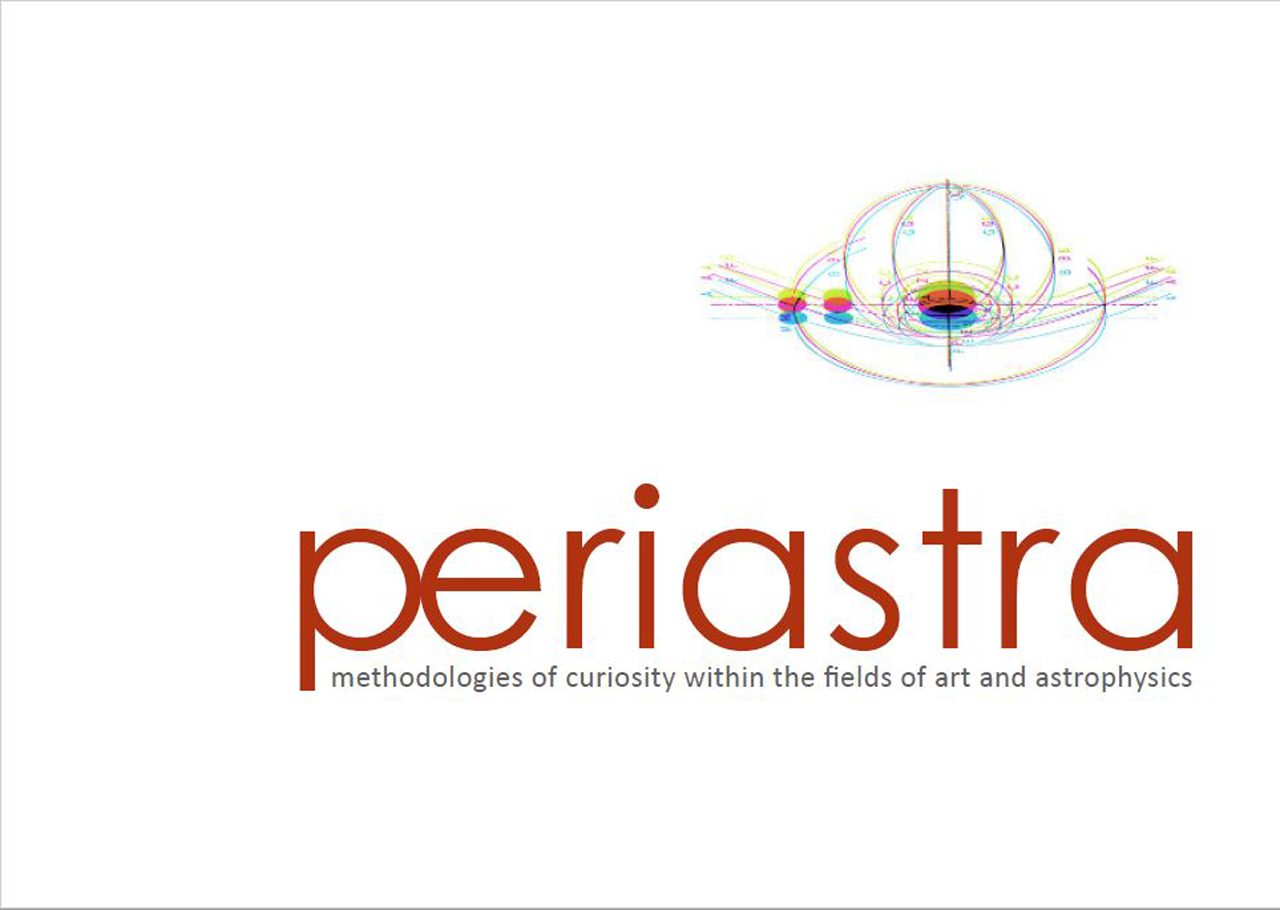
3rd to 13th February 2022. Thursday to Sunday 1-6 pm
Visit Us : Contact : Print your own A4 flyer / Invite


View images of the exhibition View movies of the exhibition
Periastra is a hybrid exhibition where artists and astrophysicists are invited to share each others' modes of exploring the world of celestial phenomena. Often thought of as mutually exclusive, there are sometimes surprising similarities in terms of the aspiration and expression of curiosity. The participants in this show have been identified through their interest in crossing this boundary and the result is an intriguing and visually rich interpretation of each others' fields of research.
The sky is a half of our environment and yet its nature remains elusive and a source of mysteric inspiration. The very distance of its population removes our enquiry from direct interaction and launches out into the realms of speculation with barely adequate tools. Recent exploration by spacecraft and improvements in the operation of telescopes have returned vast quantities of data that require interpretation. This, in turn has required the adoption of models of increasing complexity and assumption. The advent of computing has accelerated this process but at the risk of losing that immediate contact with astronomical ontology.
The greatest telescope we posses is our ability to think imaginatively. What could the nature of this Universe be and how can we experiment in this grandest of laboratories? Is it at all possible to bring this realm into an Earthly laboratory let alone the enthusiast's shed? Little more than a century ago observational endeavours would result in, at best, the interpretation of a few grains of photographic emulsion. With every advance in technology, and the subsequent resolution in signal reception, has come an ever growing appreciation of the complexity we experience above our heads.
This is a journey that has barely begun.
Curators note: In assembling this exhibition the interest has moved in the direction both of experiments in detection and demonstrations in the laboratory. Often, when thinking of astrophysics and the visual imagery that surrounds it, it is the overt phenomena that springs to mind; stars, galaxies and nebulae that we can see in the optical range.
However there exists a far more comprehensive electro-magnetic and particulate spectrum which provides us with a greater flux of information to hypothesize the mechanics of the Universe. And of course the biggest part of that 'detection of the invisible' is the procession of thought that emanates from the pursuit of curiosity.
Curated by Paul Malone

Buy the catalogue in different formats through Peecho.
Recommended: A4 hardback (29.7 x 21 cms)
Preview the low resolution watermarked catalogue in spreads (pdf)
Participants
Please click on the names for more information and information panel PDFs
01 Alistair McClymont - multimedia art
03 Els van Riel - structural film
04 Jean-Louis Rault, FRIPON - fireball recovery
05 Herouni Antenna, Armenia - optical radio
06 Jazmin Morris - computational artist
07 John Berman - muon detection
08 LPPFusion - focus fusion research
09 Miles Mathis - maths, charge field theory
10 Nicola Rae - multimedia art
11 Paul Malone - multimedia art
12 Richard Lawrence - sculptor
13 Rupinder Khaira - multimedia art
14 SAFIRE - electric sun experiments
15 Steven Scott - multimedia art